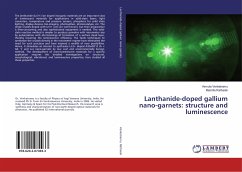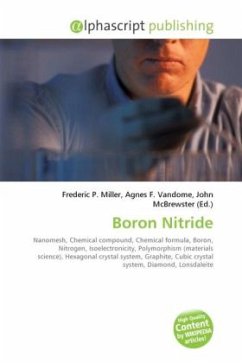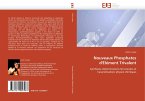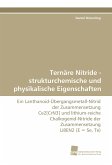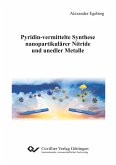Gallium Nitride (GaN) is a promising semiconductor with the ability to emit visible light of various wavelengths, most notably in the blue and green. Given the highly efficient manner in which white light can be created using this material, it is bound to replace all other lighting sources due to energy savings and longevity. Furthermore, GaN electronics promise to reduce a significant portion of energy losses due to energy conversion processes, while enabling higher power and temperature operations. Availability of native, large area substrates for higher quality devices is critical, though largely lacking due to the difficulty in growing GaN using bulk, single crystal growth techniques. The ammonothermal method is a promising technique which grows GaN in a supercritical ammonia solution at high temperatures ( 500 C) and pressures ( 1000 atm). Improvements to growth rate are needed to reduce cost, while improvements in purity reduce absorption loses for optical applications. This book details advances for this technique and the improvements resulting from the use of a silver liner within the growth systems for the process.
Bitte wählen Sie Ihr Anliegen aus.
Rechnungen
Retourenschein anfordern
Bestellstatus
Storno


